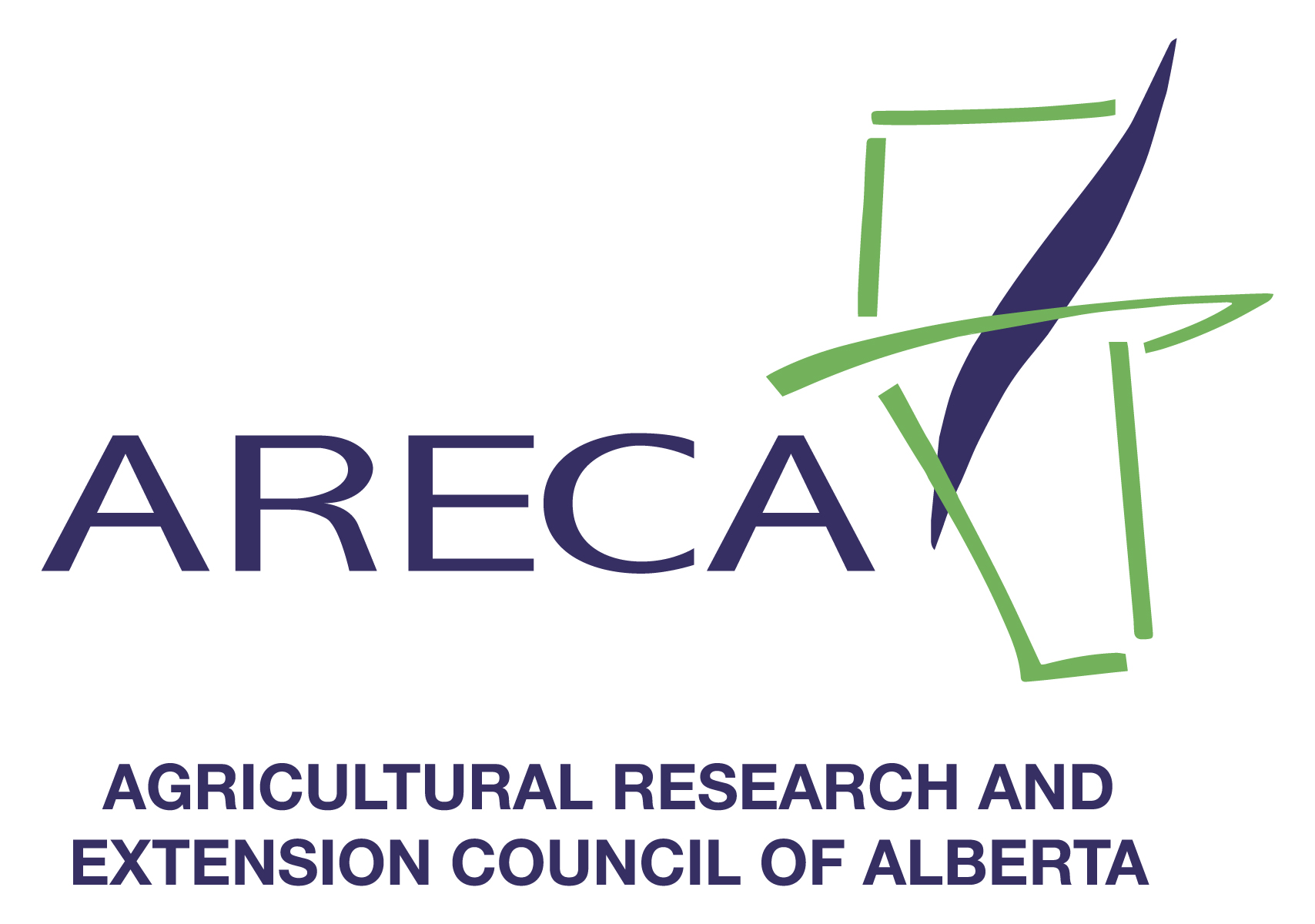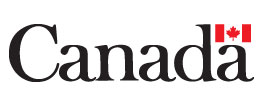Exactly where depends on the situation
There’s no faster way to contaminate farm water supplies than a backflow of polluted or contaminated water. One of the chief causes of backflow is the connection of contaminated or polluted water to potable water. A common example of this occurs when a cross-connection of a well and a dugout are piped together and powered by pressure systems.
One of the quickest ways to eliminate the risk of backflow is to use a backflow prevention device. When it comes to placement on the water line, a key rule of thumb is that a backflow preventer should be installed on the line that leads to the cross-connection or potential cross-connection.
Exactly where it should be placed depends on the situation. For example, a garden hose connection on a frost-free hydrant would use a hose bib vacuum breaker on the end of the hydrant, at the hose connection. A community pipeline system will often require backflow preventers installed where the community water line enters the farm.
The fact sheet 50 Backflow Questions and Answers provides additional help for producers making these decisions. It can be found at https://www.oakgov.com/water/Documents/2013_updates/watts_50_questions_2011.pdf.
Match risk with protection
The risk at the cross-connection point determines the type of prevention device required to protect against the potential hazard. The most inexpensive backflow protection option, a hose bib atmospheric vacuum breaker, is installed on faucets and hydrants with hose connectors in order to prevent backflow from a hose.
Dual check valve assemblies are the most common backflow prevention devices used on farms and are best for most non-hazardous situations, says Bob Buchanan, agricultural water specialist with Alberta Agriculture and Food (AF). “These valves have safeguards in two different places and provide a higher level of protection.”
In cases where there is a high risk of contamination, such as when a farm is connected to a municipal water supply, a reduced pressure zone assembly backflow preventer may be required. These devices have safety checks in place to protect the integrity of the municipal water supply.
This article may be reprinted with the credit: Alberta Environmental Farm Plan. For more how-to fact sheets or other information, visit www.albertaEFP.com.
 Initiative
Initiative



